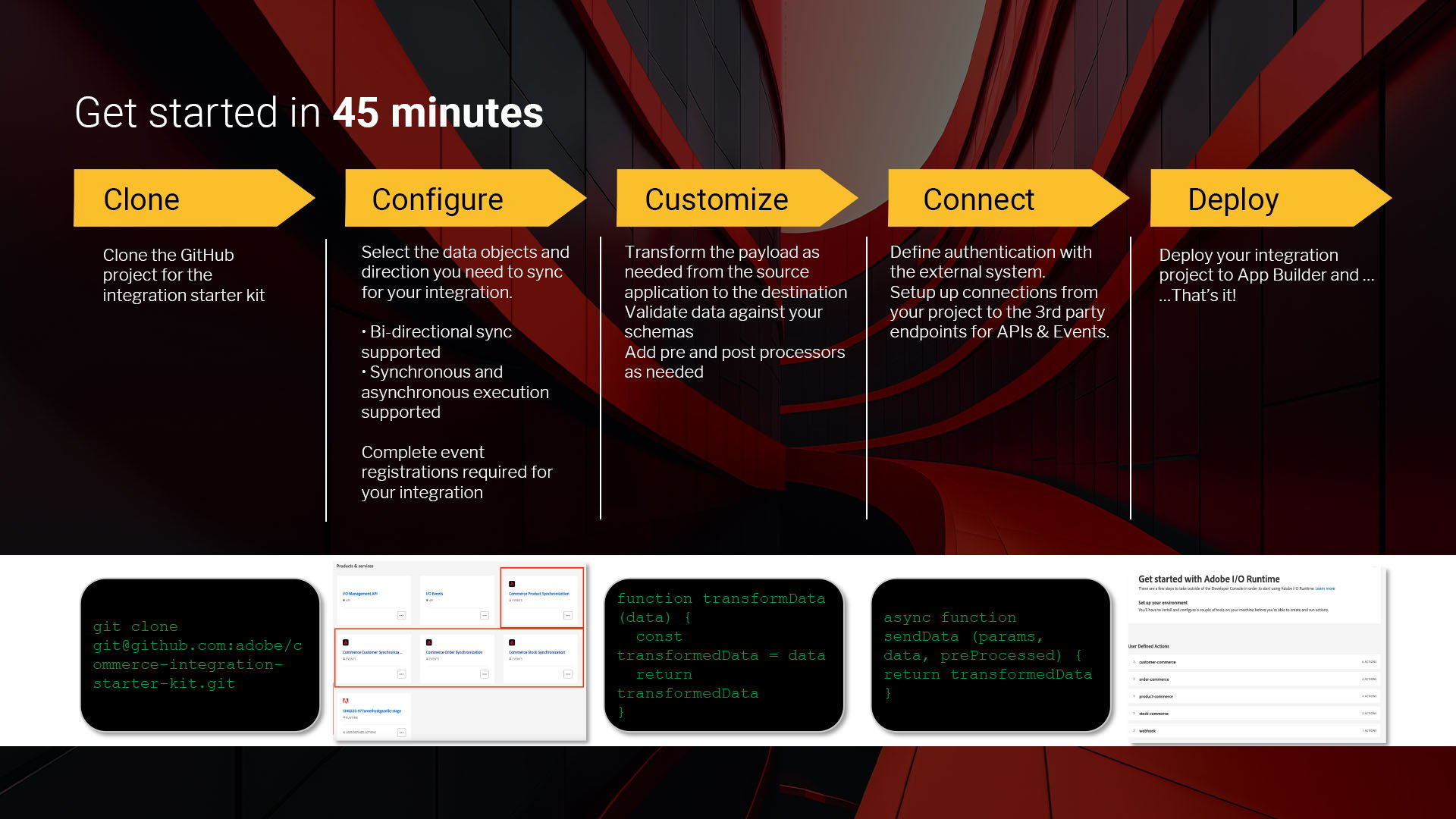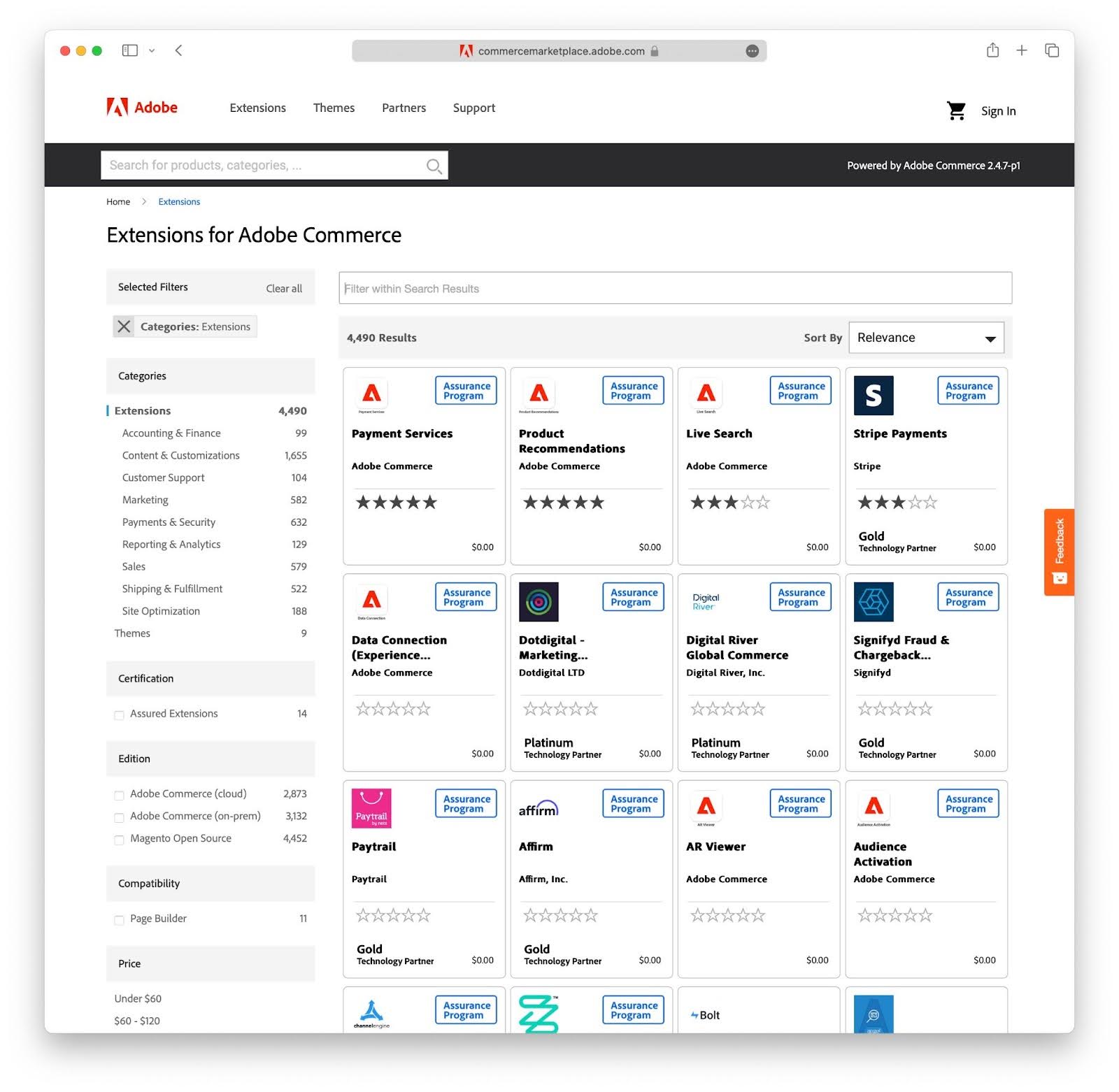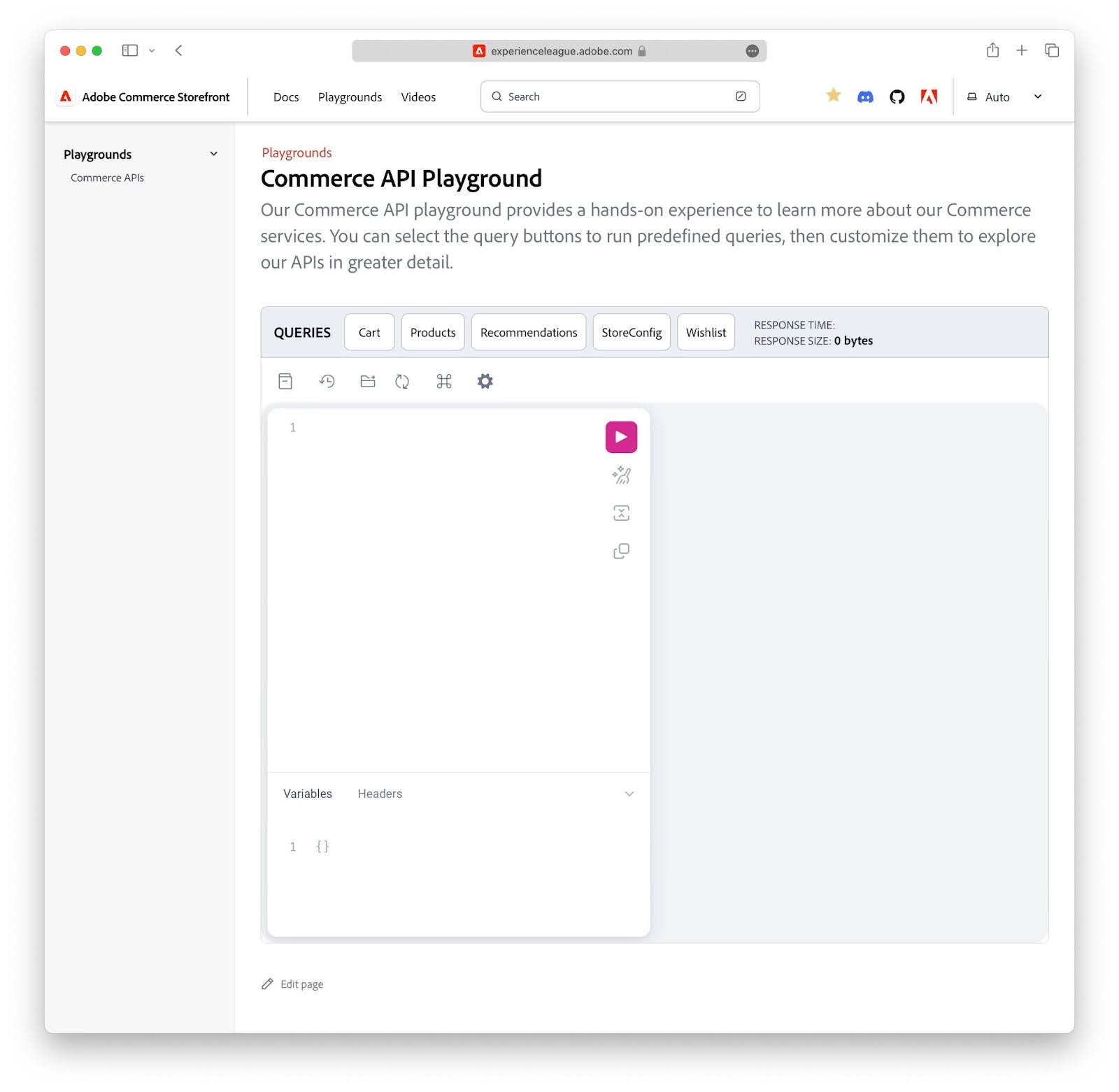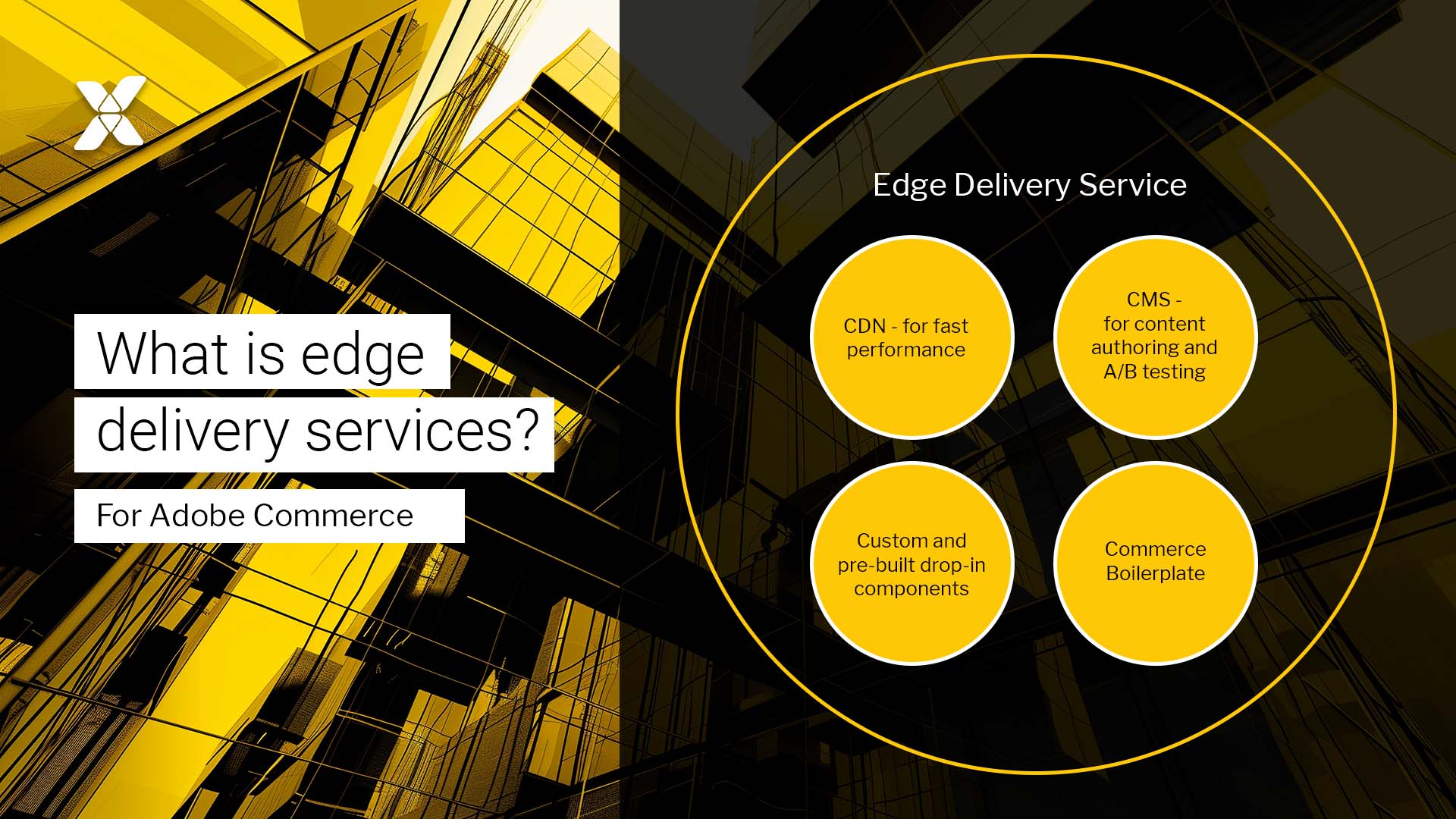Adobe Commerce releases
In this article, we will cover Adobe Commerce’s June 2024 product update. A product update is a summary of recent developments across core platforms, SaaS services, and cloud platforms.
For 2024, Adobe introduced a couple of changes to the Commerce release process:
What stays the same
- Core patch releases focus on security, performance improvements, GraphQL coverage, and high-severity bug fixes. These patches change the core PHP application and should be applied as soon as reasonably possible for all Adobe Commerce and Magento Open Source projects.
- New features are released as independent SaaS services for rapid, scalable, and performant delivery. Think about Live Search, Product Recommendations, Catalog Service, or Payments for Adobe Commerce. All of these services are being updated independently.
- There will be only one full core patch release in April 2024—Adobe Commerce 2.4.7.
- App Builder, which is decoupled from the core application, enables accelerated innovation through API-first extensibility, which provides new ways to integrate, customize, and deploy new features.
What changes
- For 2024, there are plans to release five security-only patches for all currently supported Adobe Commerce versions.
- The two-week pre-release period will be replaced with beta releases with access for partners up to six months in advance.
With that clarified, in the June 2024 product update, we will discuss the Integration Starter Kit, Real-Time CDP, and Edge Delivery Services for Adobe Commerce and Experience Manager. We also have news about documentation and certification updates and updates to the core Adobe Commerce and Magento Open Source foundation.
With that, let’s dive in.
- Integration Starter Kit
- Commerce Marketplace App Assurance Program
- Updated Certifications and Documentation
- Personalization with Real-Time CDP
- Edge Delivery Services for Adobe Commerce
- Instant experimentation powered by GenAI
- Closing thoughts
Integration Starter Kit
Integration Starter Kit is an accelerator designed to rapidly build integrations with back-office systems like ERPs, CRMs, and PIMs. The integration lets you add bidirectional synchronization for Product, Customer, Stock, Order, and shipment data between Adobe Commerce and third-party systems.
That sounds pretty standard. Every major player would have their Adobe Commerce module, which you can install on top of your Adobe Commerce or Magento Open Source, configure, and make work.
The Integration Starter Kit uses the App Builder cloud platform and does not extend or change the core Adobe Commerce platform’s PHP code.
Here you can see how the Integration Starter Kit can be deployed to your project with no great development effort, enabled by App Builder and boilerplate implementation by Adobe:

Systems like Microsoft Dynamics Finance & Operations ERP and Epicor ERP already have integration apps built using the Integration Starter Kit with App Builder.
Commerce Marketplace App Assurance Program
When discussing integrations and extensibility of the Adobe Commerce platform [Magento], Commerce Marketplace remains the place developers and merchants trust. With the App Assurance Program, Adobe can recognize high-quality apps and extensions built with scale and performance in mind. For developers, the program offers enhanced visibility, quality assurance, and performance enhancements for their solutions.

Updated Certifications and Documentation
Developer Story
With the new push towards composable commerce, Adobe has updated the course designed for developers—Adobe Commerce for Developers—Professional—to include sections on App Builder and SaaS services like Live Search, Product Recommendations, and Catalog Service. This is a great opportunity to begin your team’s upskilling process.
Adobe also updated its Developer Portal. It now includes new Developer Docs with information on API-First development in Adobe Commerce and how to enable the transition from PHP customizations to API-First development.
Adobe also introduces Developer Playground and Code Samples Repository to improve the developer story. Both resources will be helpful for developers when working with the new tools and processes. We see similar resources from players in composable commerce, such as commercetools, which are very helpful when working on PoC for clients.

Solution Documentation
Adobe has also been adding to Experience League Documentation resources on Live Search Boundaries and Limits and a Live Search set-up guide, which are helpful when considering the solution.
Personalization with Real-Time CDP
Adobe Commerce gives you a powerful toolkit to personalize every customer touchpoint, boosting shopper engagement, conversion, and revenue. Adobe doubles down on its USP and introduces new ways to personalize the Commerce experience when using Real-Time CDP. We can now personalize Dynamic Blocks, Cart Price Rules, Content & Promotions, Upsell, Cross-Sell, and Related Products (separate from Product Recommendations powered by Adobe Sensei).
Edge Delivery Services for Adobe Commerce
Edge Delivery Services is the next-generation storefront for Adobe Commerce. It was used with Adobe Experience Manager before, delivering access to the storefront, and is coming to Adobe Commerce now. Edge Delivery Services components are CDN, Content Management System, Commerce Boilerplate, and Drop-in components with pre-built and frontend-agnostic modules.

Instant experimentation powered by GenAI
In this latest product update, we want to highlight how, with Edge Delivery Services and Adobe Experience Manager in place, users can enable instant experimentation powered by GenAI for continuous optimization. Generative AI significantly enhances Adobe Experience Manager (AEM) and Edge Delivery Services (EDS) by streamlining content creation, management, and delivery processes.
Adobe Experience Manager (AEM)
In AEM, generative AI capabilities transform Digital Asset Management (DAM) systems by introducing advanced dynamic content creation and modification tools. Users can customize visuals using simple text commands, allowing on-the-fly adjustments without needing to store multiple asset versions.
Furthermore, AI enhances the tagging and classification of assets within AEM. By automatically recognizing objects and categorizing visuals, AI reduces the manual effort required in managing large content libraries. This automation speeds up workflows and ensures that assets are easily searchable and accessible.
Edge Delivery Services (EDS)
In EDS, generative AI optimizes content delivery by making it more efficient and personalized. AI algorithms analyze user interactions and preferences in real time, allowing for the dynamic adjustment of content delivery to meet individual user needs. This personalization enhances user engagement and ensures that the right content reaches the right audience at the right time.
Privacy and Creative Control
Adobe Firefly, a family of generative AI models, integrates seamlessly into Creative Cloud, Document Cloud, Experience Cloud, and Adobe Express workflows. It enables users to produce a limitless variety of content quickly and easily, from images and videos to creative ingredients like brushes and color gradients. Firefly’s models are trained on Adobe Stock images and other openly licensed content, ensuring the generated content is high quality and safe for commercial use.
Closing thoughts
In conclusion, the integration of generative AI into AEM and EDS revolutionizes digital asset management and content delivery, providing powerful tools for creating, managing, and distributing content at scale while maintaining high standards of transparency and compliance. These advancements empower organizations to meet the growing demands for personalized and engaging digital experiences.
With over 15 years of work with Adobe Commerce (previously Magento), we understand the platform on a deeper level. If you want to discover more about our tailored projects with Adobe Commerce, click here.







